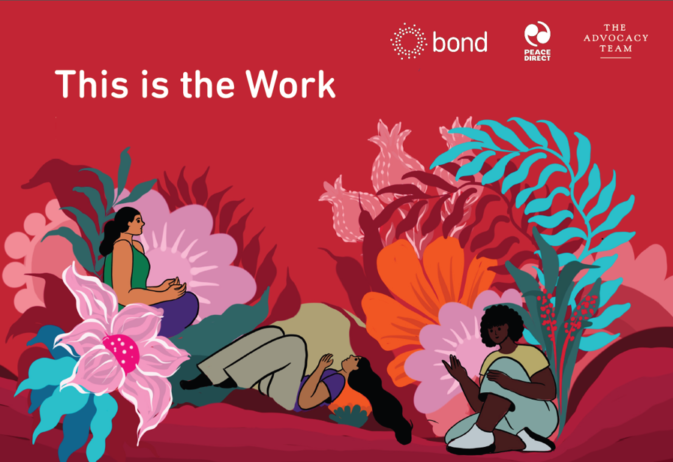The state of play of EU ODA: payer, player, or just full of hot air?
In 2021, the European Union’s (EU) collective Official Development Assistance (ODA) amounted to 43% of all contributions reported to the OECD.
The contributions from all 27 Member States and the EU institutions allowed the EU, once more, to constitute the largest bloc of donors.
However, this top headline is not the great news it looks like at first glance.
In October 2022, CONCORD published its 18th AidWatch report, which provides a quantitative and qualitative assessment of the EU’s ODA levels and also looks at the main figures for the UK. The report shows that, despite being the largest bloc of donors in absolute terms, the ODA from the EU only reached 0.48% of its combined Gross National Income (GNI), hence falling way short of the 0.7% GNI/ODA commitment agreed more than 50 years ago.
Despite repeated pledges and declarations around the EU going in the right direction, the reality is that 23 out of 27 Member States are still not reaching their ODA commitments, and some aid levels are strikingly low, with 12 states not even reaching 0.2% GNI/ODA, and only six of them over 0.50% GNI/ODA.
Not all that glitters is gold: aid inflation in EU ODA keeps beating record high levels
Not only were overall levels very low, but when we look beyond the rough numbers and start assessing the “quality” of ODA, there are some serious concerns.
According to the rules set by the OECD DAC on what can be counted as ODA, there are a number of costs, such as in-donor refugee costs, debt relief or tied aid, that have been included in the list, even though they do not genuinely contribute to the objectives of development or international cooperation, and do not represent a real effort on the part of donors.
This is what CONCORD calls “inflated aid”, and every year we can see an assessment of how much of the EU’s ODA fell into this category.
Subscribe to our newsletter
Our weekly email newsletter, Network News, is an indispensable weekly digest of the latest updates on funding, jobs, resources, news and learning opportunities in the international development sector.
Get Network NewsAfter four years of consecutive decline, in 2021 inflated ODA increased, accounting for one euro in every six spent. The increase was, mostly, the result of the inclusion of vaccine doses against Covid-19 that donor countries gave away as a result of buying far more doses than they needed to vaccinate their own population. So, after hoarding doses when supply was limited and meeting their own targets, they just donated the leftovers and claimed this as part of their ODA.
The picture does not look good. But we must not remain indifferent to this trend. The assessment of quantity and quality of the EU’s ODA must come together with a forward-looking perspective, with concrete recommendations to ensure that donors can walk the talk towards their commitments and pledges regarding development aid.
The first key move is to shift from approaching the 0.7% target as a ceiling for expenditure. The lessons from the UK are clear. When seeing the ODA targets as a hard ceiling, the result might be a decrease in ODA ‘quality’ by looking for any eligible activity to be included in the budget to ‘balance the accounts’. The target must be seen as a baseline commitment to building genuine partnerships for international cooperation.
But more concretely, and following last year’s figures, Member States should stop reporting in-excess vaccine donations as part of their ODA budgets. This artificially increases the numbers. It is unfair to partner countries as it rewards donors for hoarding doses at a time of global scarcity and it is methodologically inaccurate, as the OECD DAC itself has acknowledged.
Now, ahead of this year’s figures that will look at 2022 ODA levels, it is crucial to reinforce the claim from civil society to stop counting in-donor refugee costs as ODA; that is, the costs associated with refugees and asylum seekers within the borders of donor countries. It is essential to provide support to those seeking refuge, but this cannot be included under the list of ODA-eligible activities as it is not contributing by any means to the sustainable development agenda of partner countries: this funding never leaves the donor country!
Finally, in order to advance better engagement with civil society organisations (CSOs) in both donor and partner countries, more resources should be channelled through them and core funding should be increased. Not only is overall funding to civil society still low (around 13% of their total bilateral ODA), the vast majority of EU ODA to CSOs is usually ‘earmarked,’ that is, projects implemented by the organisations, but initiated by the donor. Core funding is key to ensuring independence and long-term stability.
Many more recommendations are addressed in the report, as well as a series of graphs and detailed country pages to look at the state of play at the Member State level.
Category
News & Views



